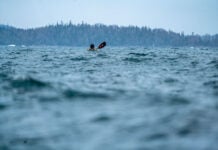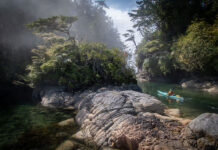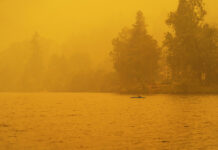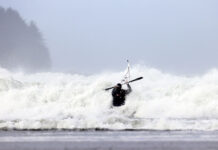Everywhere I look these days, there are weekend mindfulness retreats, five-minute stress reduction regimens and self-help gurus proselytizing the four-day work week. “Slowing down” and “being mindful” have become pop culture catch phrases, but by seeking shortcuts to enlightenment we risk missing the point entirely. What can slow travel teach us about retreats that truly calm our anxieties?
The Myth About Mindfulness
Meditation and mindfulness programs in classrooms, businesses and even medical practices promise everything from soothing the savage pre-schooler to increasing workplace productivity and helping to heal disease. People seeking to unplug from the over-connectivity and constant busy-ness of modern life are looking to mindfulness for the antidote. Yoga studios and commercial meditation centers are booming. Across our culture, there is a growing recognition that fostering inner stillness, slowing down our pace and taking a break from our technological addictions has immense benefits for our physical, mental and emotional health.
Take, for example, the outdoor industry where average trip lengths and program durations have grown ever briefer in response to participants’ lifestyles and demands. Time outside has become one more thing to cram into our busy schedules; hurried at best, irrelevant at worst.
Exploring the wilderness of the mind
One promising area of growth has been wilderness expedition-based mindfulness programs. I’ve been involved first hand as a program director and senior instructor for an organization that has been steadily building a raft of these programs over the past 10 years.

In 2012, I found myself signed up to instruct a nine-day mindfulness backpacking course. I arrived to the pack-out day unaware that the marketing department had sold my eight students on this curriculum. Amidst the usual flurry of course planning and logistics, I fretted about being unable to deliver the promised experience. Although I had some personal background with meditation and was a student of Buddhism and mindfulness-based practice, I had never been trained as a teacher and had no small measure of imposter syndrome.
To further complicate matters, the route that had been sold to the students on our website was a committing and physically challenging hike for novice backpackers. How were we going to fit the distance in, along with the promised hours of cross-legged beach-sitting, expectations of slowness and time for long, contemplative silences?
On that course, while neither the students nor myself got what we expected based on our previous associations with mindfulness, the experience provided many of the associated benefits. The innate qualities of time in the wilderness and group process did much of the work for us, no Shavasana required. Over the years since, I have adjusted my view of just what mindfulness is and how it can be achieved.
Mindfulness on the move?
Mindfulness may be one of the buzzwords of this decade, but what does it really mean? The Oxford English Dictionary defines midfulness as, “a mental state achieved by focusing one’s awareness on the present moment, while calmly acknowledging and accepting one’s feelings, thoughts and bodily sensations….” When we think about meditative practices, many people envision long hours of physical stillness and gratuitous navel gazing. But when we look more closely, it doesn’t necessarily exclude movement and purposeful activity. Indeed, it’s possible the repeated challenges that pop up and resolve themselves over and over in the course of a backpacking or paddling trip contribute to the sense of calm, centeredness and inner peace that are said to result from more sedentary practices.
If mindfulness is inherent in time spent outside, then the outdoor industry could be considered far ahead of the curve. Recently, however, another trend is pulling us in a conflicting direction.
Mindfulness promises everything from soothing the savage pre-schooler to increasing workplace productivity.
Witness sea kayaking: In the ‘90s, images of kayaking featured idyllic calm waters and a relaxing tranquility. The activity had an approachability that suggested only a minimum of technical skill was required. In the past 20 years, that image has shifted away from a gentle pursuit for the novice adventurer to an activity focused on cutting edge equipment, technical instruction and hard-core adventuring.
To use a term coined in a recent article in Adventure Journal, sea kayaking—along with the rest of the outdoor industry—is becoming “bro-ified.” In so doing, we’ve begun to alienate those attracted to its more esoteric qualities. We’re in danger of missing out on the societal need for retreat, of becoming irrelevant.
Contemplation can’t be rushed
The mindfulness revolution is a Band-Aid cure to the problems plaguing our culture today. We fail to take the time we need to stay healthy and sane, away from modern distractions, so we look to these programs and other trendy prescriptions for a fast fix.
Physical, nature-based activities like kayaking are the real deal and, irrespective of public image, they’re accessible to anyone. While it’s exciting to celebrate the achievements of daring outliers, we need to do a better job as an industry and as individuals of promoting the far-reaching benefits of slow travel. Kayaking trains us to focus on the present moment authentically. It forces us to take time away, in order to come back to the here and now.
Fiona Hough has worked as a paddlesports guide, instructor and trainer for more than 25 years.
Side effects may include uncontrollable fits of laughter.| Feature photo: Evan Boyd



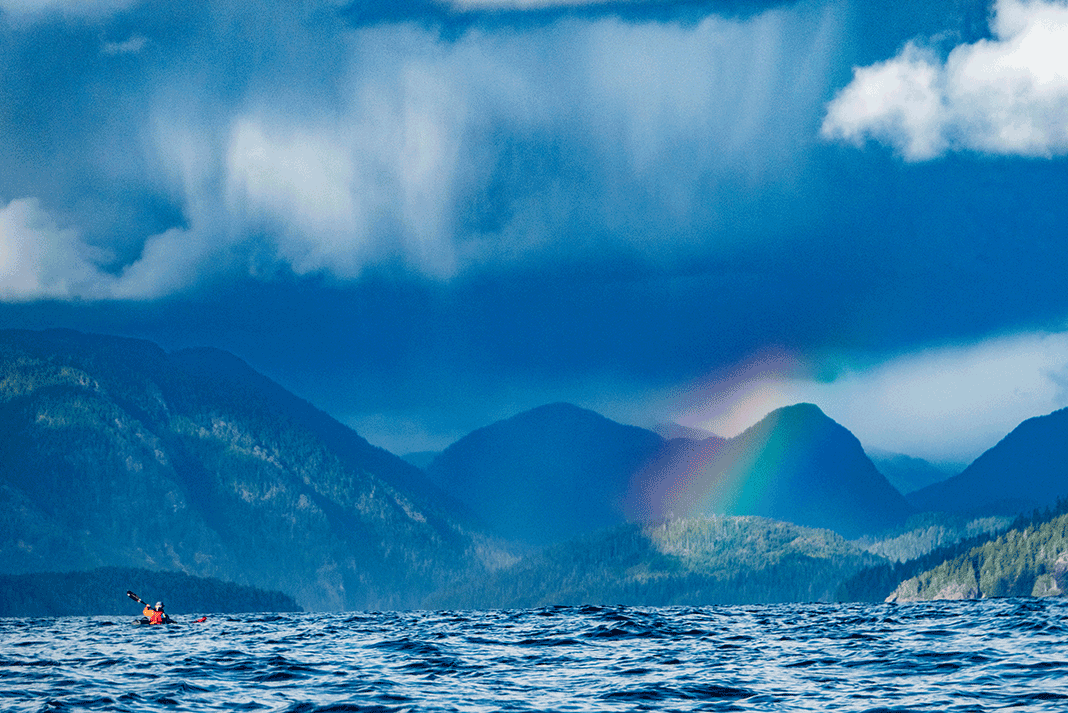
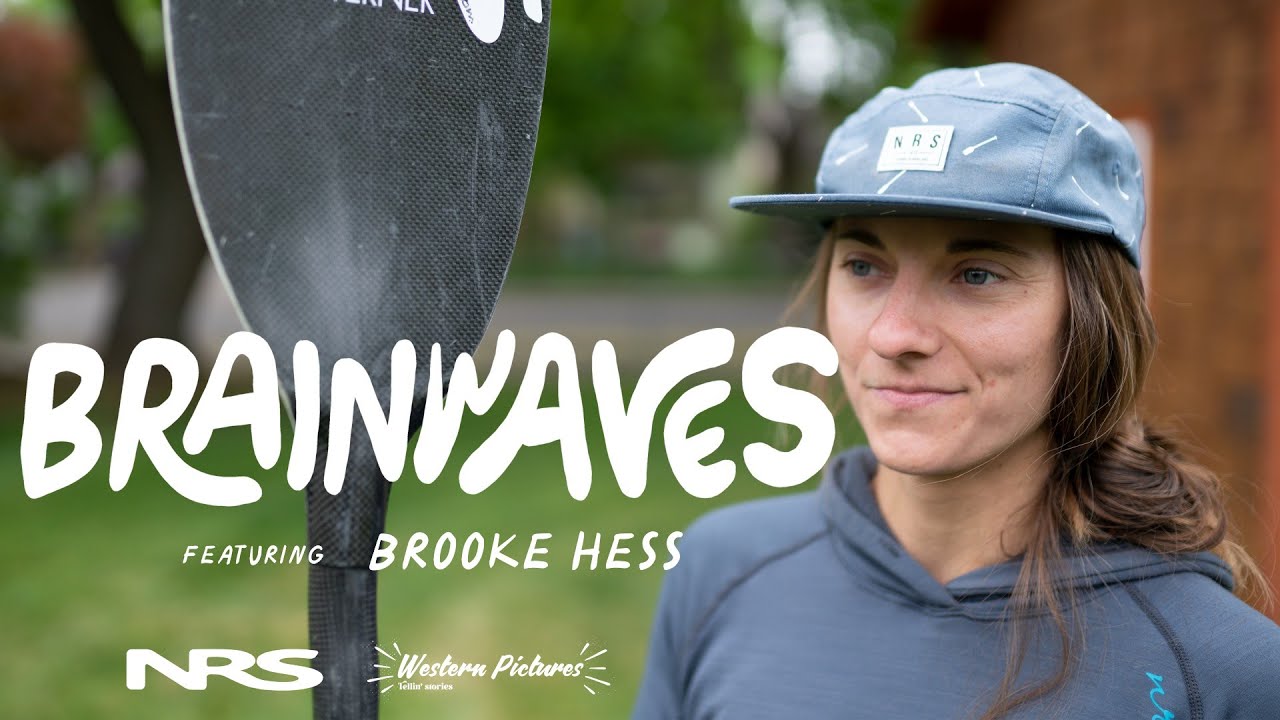
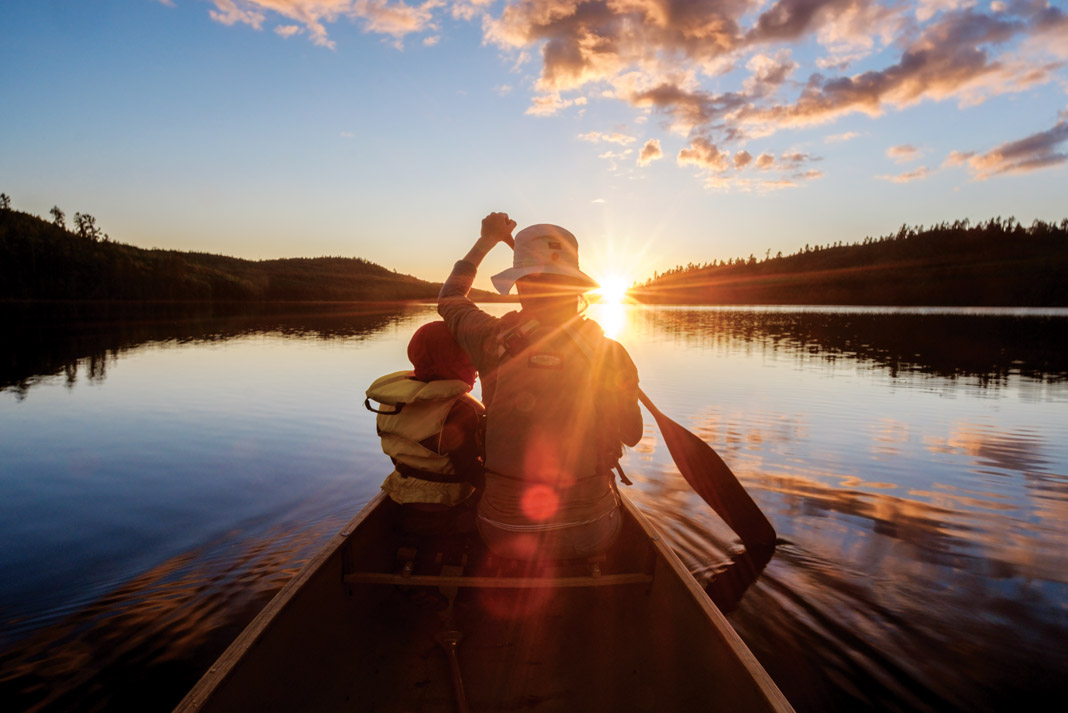
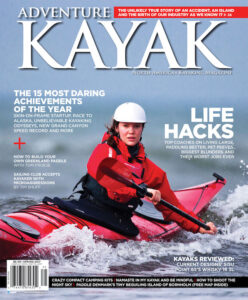 This article was first published in the Spring 2017 issue of Adventure Kayak Magazine.
This article was first published in the Spring 2017 issue of Adventure Kayak Magazine. 
